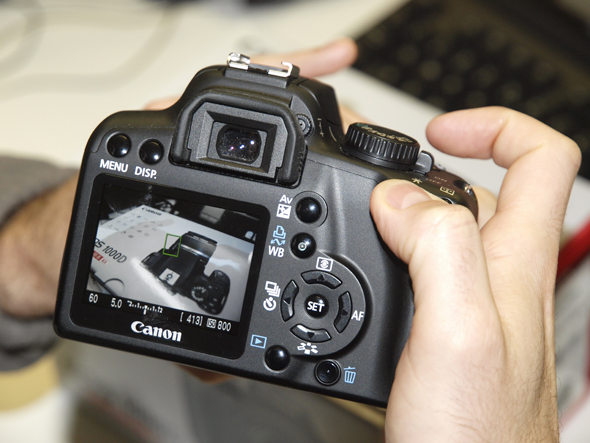

This venerable AF module (the Multi-cam 1000, if you were curious) has impressive provenance, and was originally developed for the professional-level Nikon D200. Crucially, the D60's adequate but uninspiring 3-point AF system is gone, replaced by the same 11-point system as found in the D90. The D3000 shares the same 10 million pixel CCD sensor as the D60, and almost exactly the same body and design, but this camera is more than a cosmetic revamp of the older model.

The D3000 continues in this mold, but if anything, is even easier to get to grips with thanks to the introduction of a new 'guide' mode. Gone were the 'traditional' top-plate mounted LCD screen and many of the external control points, in favor of a stripped-down, minimalist design and a largely screen-driven interface. The D40, and the D40x and D60 that followed it, was designed specifically to be user-friendly, as well as merely wallet-friendly. With the 6 million pixel D40, released in 2006, Nikon made a decision to create a completely different type of DSLR to its previous low-end offerings. But the success of entry-level DSLRs isn't just good news for camera manufacturers - today's 'low end' offerings are highly specified, powerful tools, which - had they been released a few years ago - would have commanded much higher prices than they do today.
#1000d liveview professional#
The D60, which is replaced by the D3000, was Nikon's best-selling DLSR, and it is the success of products like this that drives the development of everything from low-end Coolpix models to the recently announced professional level D3s. However, first-time DSLR buyers are enormously important to camera manufacturers, and the competition amongst them for a share of the entry-level market is intense. There is a temptation amongst those of us that shoot with and test DSLRs for a living to be more than a little dismissive about entry-level cameras like the Nikon D3000.


 0 kommentar(er)
0 kommentar(er)
